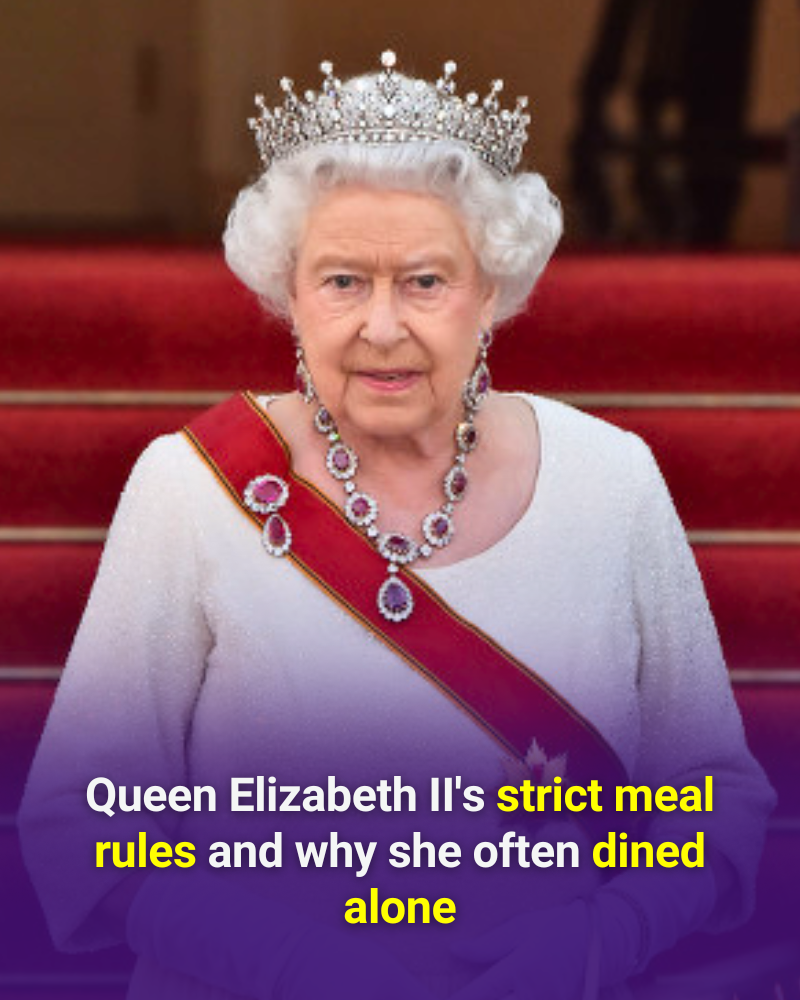
Former royal chef Darren McGrady, who once cooked for Queen Elizabeth II and Prince Philip, has shared fascinating insights into the Royal Family’s rigid meal routines and food preferences during their time at Buckingham Palace.
According to McGrady, meals in the royal household ran like clockwork. “Meal times were fixed,” he recalled. “The Queen was very disciplined. She never requested food at odd times. Meals were scheduled, and if someone wanted a snack, there were always chocolates or fruit in their rooms.”
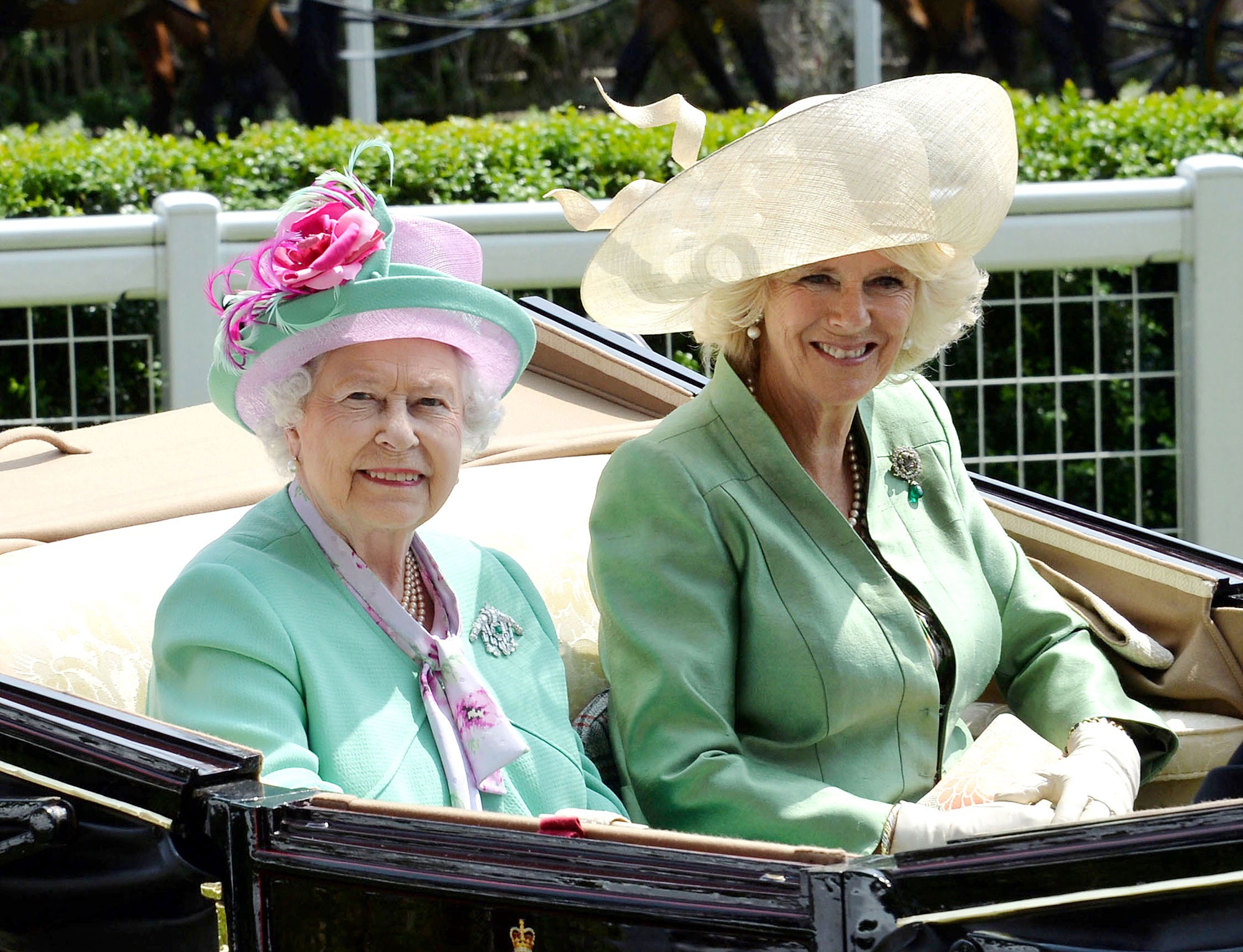
A Surprisingly Simple Breakfast
Despite having access to a kitchen team of 20 chefs, Queen Elizabeth’s breakfast was remarkably humble. “She had breakfast in her room at 9am, usually helping herself to Special K from a Tupperware container,” McGrady said.
Prince Philip, however, had more adventurous tastes. “He liked deviled kidneys and other robust options,” McGrady added.
Lunch was served daily at 1pm, with dinner following at 8:15pm. If the Queen Mother joined, the evening meal was pushed to 8:30pm. Despite the formality of the schedule, the meals themselves were down-to-earth.
“We didn’t prepare lavish meals unless it was for a state banquet,” McGrady explained. “The Queen preferred traditional comfort foods, a trait likely shaped by her experiences during the war. Dishes like cottage pie were regulars on the menu.”
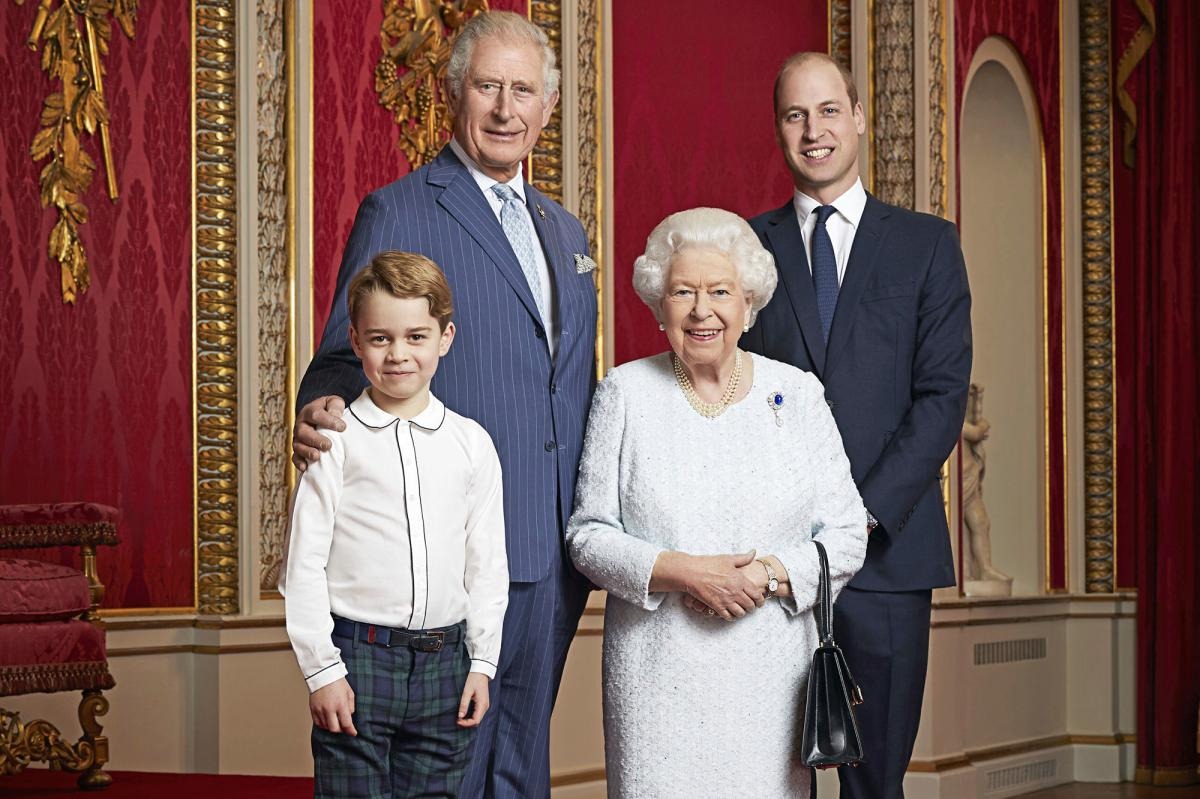
Each member of the Royal Family had their own particular food preferences. For Queen Elizabeth, local and seasonal ingredients were key. “She enjoyed partridge or venison from Sandringham, and grouse from Balmoral,” said McGrady.
She also had a strong preference for dark chocolate, especially desserts with more than 60% cocoa. “If there was chocolate on the menu, she’d pick it every time,” he added.
The now King Charles stood out for his pioneering focus on organic and Mediterranean foods. “He was the most adventurous when it came to diet,” McGrady said. “He introduced organic produce to the royal kitchen before it was fashionable.”
Charles often brought baskets of fruits and vegetables from his own gardens and foraged for wild mushrooms during his time at Sandringham, contributing directly to the meals prepared.
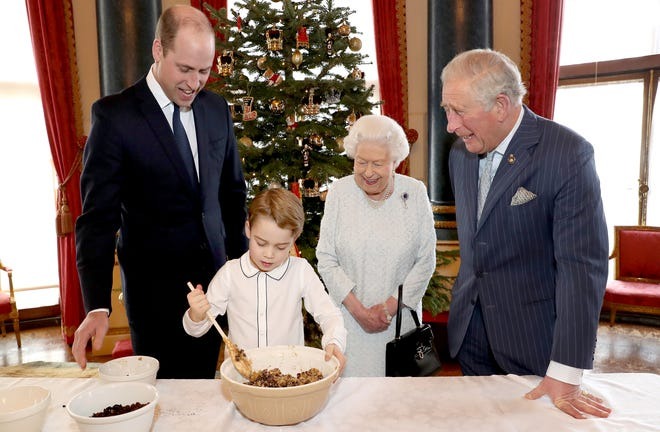
No Special Requests at the Royal Table
Dietary restrictions were not common at the royal table, McGrady revealed. “In my 11 years cooking for the Queen, we never had a vegetarian, gluten-free, or lactose-intolerant guest,” he said.
“If you dined with the Queen, you ate what she ate. If you didn’t like it, you could stop at McDonald’s afterward.”
Though there were no officially banned foods, the Queen did have some aversions. “She disliked garlic and strong onions — she found them antisocial,” McGrady said. “Prince Philip, in contrast, loved garlic and often had it at his own dinner parties.”
The younger royals had more relaxed tastes. “William and Harry liked pizza, chicken nuggets, fries, macaroni and cheese, cottage pie — very kid-friendly foods,” McGrady shared.
McGrady recounted a humorous moment involving Princess Diana and her sons. “One afternoon, Diana came in and said, ‘Cancel lunch. I’m taking them out.’ When I asked where, she said, ‘McDonald’s.’ I told her I could make better burgers, and she replied, ‘I know, Darren, but they want the toys in the Happy Meal.’”
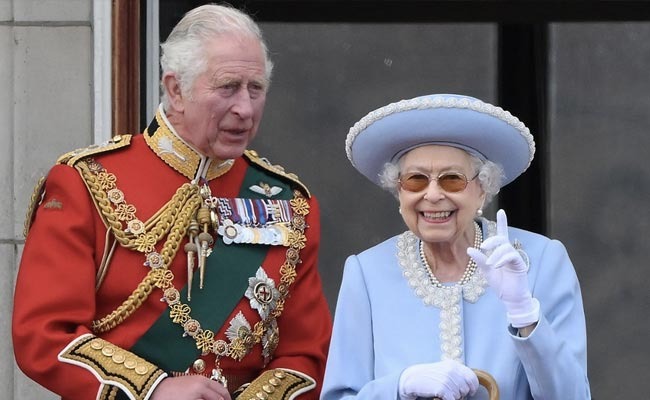
State Dinners: A Royal Production
For formal state dinners, planning was meticulous. The Foreign Office would provide a list of dietary requirements for guests, and McGrady’s team would propose four different menus. “We’d send the options to the Queen, and she’d select one,” he said.
Desserts were another area where the Queen showed consistency. “She loved ice cream and chocolate-based desserts,” McGrady noted. “Bombe glacée — a type of ice cream dish — was often served at the end of meals.”